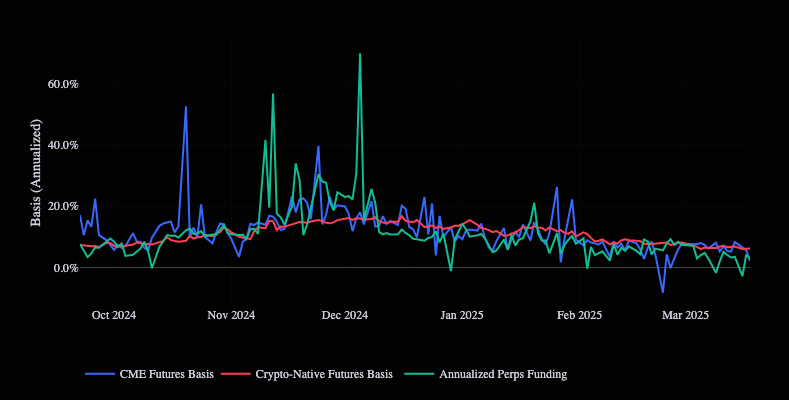Understanding Recent Trends in Bitcoin ETFs
In the last month, a significant shift has occurred in the U.S. spot Bitcoin (BTC) exchange-traded funds (ETFs), with a staggering net outflow of $180 million. This marks one of the highest withdrawal rates since the funds began trading in early 2024. As of now, overall net inflows since their inception have reached $36.1 billion, according to data from Farside.
The Disappointing Performance of Bitcoin ETFs in 2025
The year 2025 has not been kind to Bitcoin ETFs, as they continue to exhibit sluggish inflows, primarily due to Bitcoin’s lackluster price performance, which has seen a decline of approximately 10%. There was a slight recovery recently, with around $700 million in net inflows reported over the past five days, but this has not changed the overall trend.
Key Factors Behind the Recent Outflows
Two major factors are driving the recent wave of withdrawals: increased volatility in Bitcoin prices and the unwinding of the cash-and-carry trade.
Increased Bitcoin Volatility
Bitcoin’s price has experienced substantial fluctuations this year, peaking at a record $109,000 in January, buoyed by expectations of a favorable regulatory environment under President Donald Trump. However, by early March, concerns regarding Trump’s tariff policies caused the price to plummet to $76,000. Such volatility often triggers emotional reactions from retail investors, who tend to sell during uncertain market conditions.
The Unwinding of the Cash-and-Carry Trade
On the institutional front, many investors are unwinding their cash-and-carry trades. This strategy involves taking a long position in the Bitcoin ETF while simultaneously shorting CME Bitcoin futures. The aim is to create a delta-neutral position, which minimizes directional risk by balancing the positions against price movements in the underlying asset.
As it stands, the arbitrage opportunity from this strategy has become less attractive, yielding only around 2%, the lowest since the ETFs were approved. With U.S. Treasuries offering higher yields and perceived as safer investments, many investors are choosing the lower-risk option instead.
The Significance of ETF Inflows and Outflows
ETF inflows and outflows can often act as indicators of market turning points. Historical patterns suggest that aggressive outflows frequently align with local price bottoms for Bitcoin, particularly when analyzed through a 30-day moving average. This trend was evident during Bitcoin’s recent low in March, as well as during similar downturns in August 2024 and April 2024.
Conclusion: Navigating the Bitcoin ETF Landscape
For investors, the current environment surrounding Bitcoin ETFs presents a mix of challenges and opportunities. Understanding the underlying factors driving outflows and the implications of market volatility is crucial for making informed investment decisions. As the landscape continues to evolve, staying updated on market trends and strategies will be essential for navigating the complexities of Bitcoin investing.



